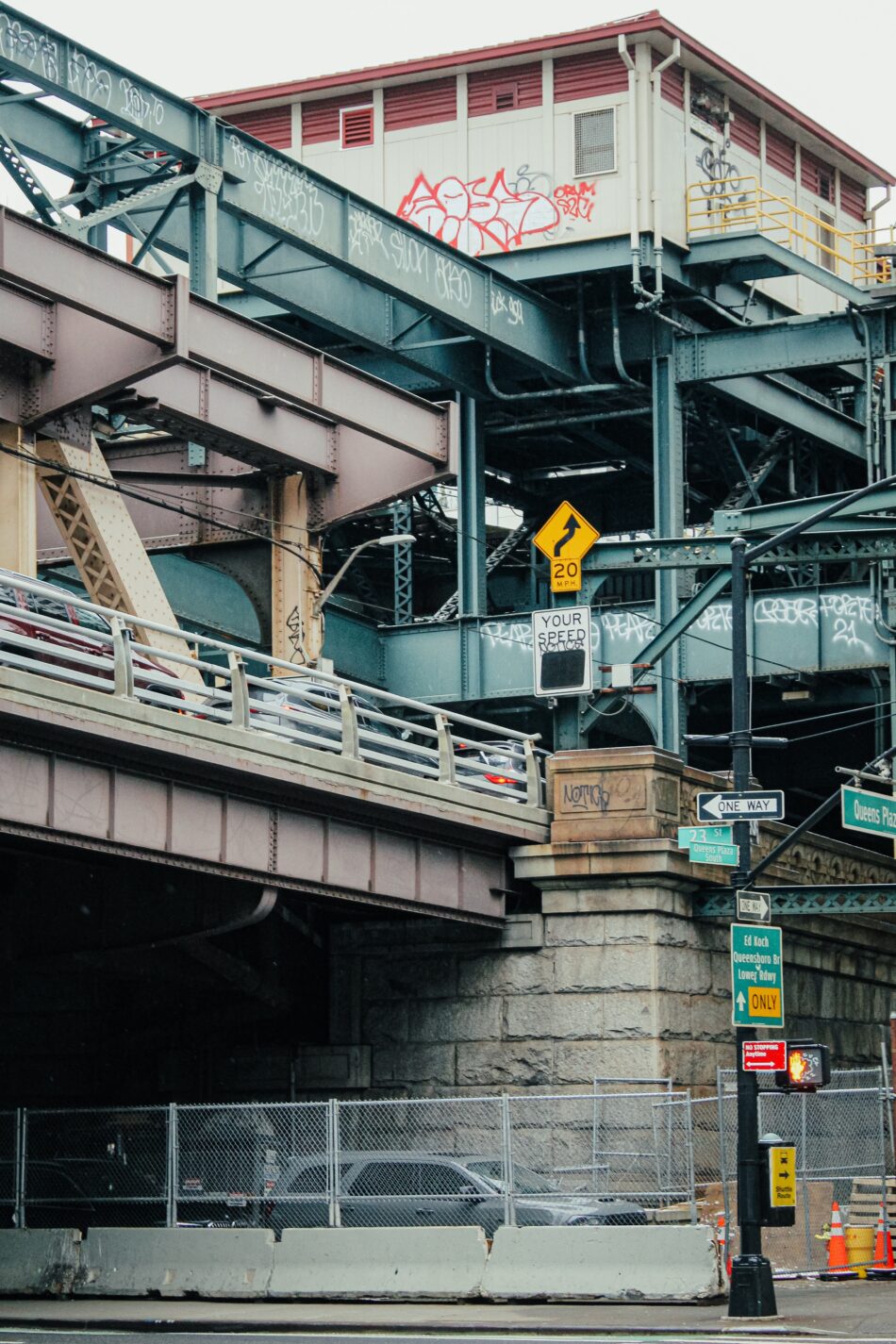On the corner of Broadway and 33rd Street in Astoria, Queens sits Omonia Cafe, an authentic Greek bakery known for its elaborate desserts and traditional Greek pastries. Inside, owner John Arvantis, 66, pushes chairs into tables and changes the television channel from New York based news to a local Greek station. Soccer plays on the other TVs. It is the modern pop music, which hums throughout the establishment, that reminds the patrons that they are not in Athens, but Astoria.
Arvanitis arrived in New York City in 1977. “I was only 19 years old,” he shared, while helping one of the busboys clear a table. “I wanted to come here and build something. In Greece, the cafes feel like home. I wanted to come here and build a restaurant where everyone could feel like they were at home.”
Arvanitis’ story is not unique. Astoria, or “Little Greece,” has long been settled as a Greek enclave. Waves of immigrants arrived after World War II and a Greek civil war that left the Mediterranean nation impoverished. However, with the community’s easy train access to Manhattan, young professionals, commonly referred to as “yuppies,” have also moved in — which has contributed to the gentrification of the area.
Now, with fierce competition over the limited living space in Astoria, the question arises: is it possible for the young urban professionals to co-exist with the Astoria residents who rely on a cheaper cost of living?
Omar Yunda, 27, whose family is originally from Ecuador and immigrated to Queens in the 1990s, feels that living in Astoria used to be much more manageable.
“At first, it made sense to live here,” said Yunda, sitting outside of Yaya’s Bakery on Broadway Street in Astoria. “The rent is cheaper than other parts of New York City. You can live close to Manhattan and get into Manhattan, but you do not have to pay Manhattan prices. But rent is getting out of control.”
In 2021, 19.8 percent of renter households in Astoria were severely rent burdened (spent more than 50% of household income on rent).
Peter Ngo, 29, a marketing professional and Astoria resident for the past two years, said that living in Astoria has been fantastic.
“It is only a short train ride into Manhattan and the cost of living is much cheaper than anywhere I could find in town,” Ngo said.
Ngo, who works in tech-marketing, averages a salary of $100,000 – $120,000. This is a sizable jump from the average $77,754 income that those between 45 and 64 years old earn annually. Ngo’s larger salary indicates influx of young wealth in the area, which drives up rent and strains the cheaper cost of living which older generations rely on.
Community leaders and local politicians have made efforts in recent years to combat the growing affordability crisis in Astoria. Julie Won, New York City councilwoman, has been one of Astoria’s most vocal advocates for fighting for affordability while advocating for economic growth. Late last year, Won initially refused to support “Innovation Queens,” a construction plan to build luxury apartments in the community, citing that the plan did not call for enough affordable housing. It was not until she got the developers to include building affordable housing that she supported the program.
There is still a debate among Astoria residents on whether or not “Innovation Queens” will actually be affordable. Despite Won’s efforts to ensure the contractors build affordable housing, some residents, like 36 year old Slim Bayat — who has been living in Astoria for eight years — doubts the construction project will alleviate the affordable housing crisis.
“If anything, more people will compete over the affordable apartments, and, as a result, hike up the rent,” said Bayat. “I am lucky I can afford to live here. But I know, for a lot of people, Astoria is out of reach.”


